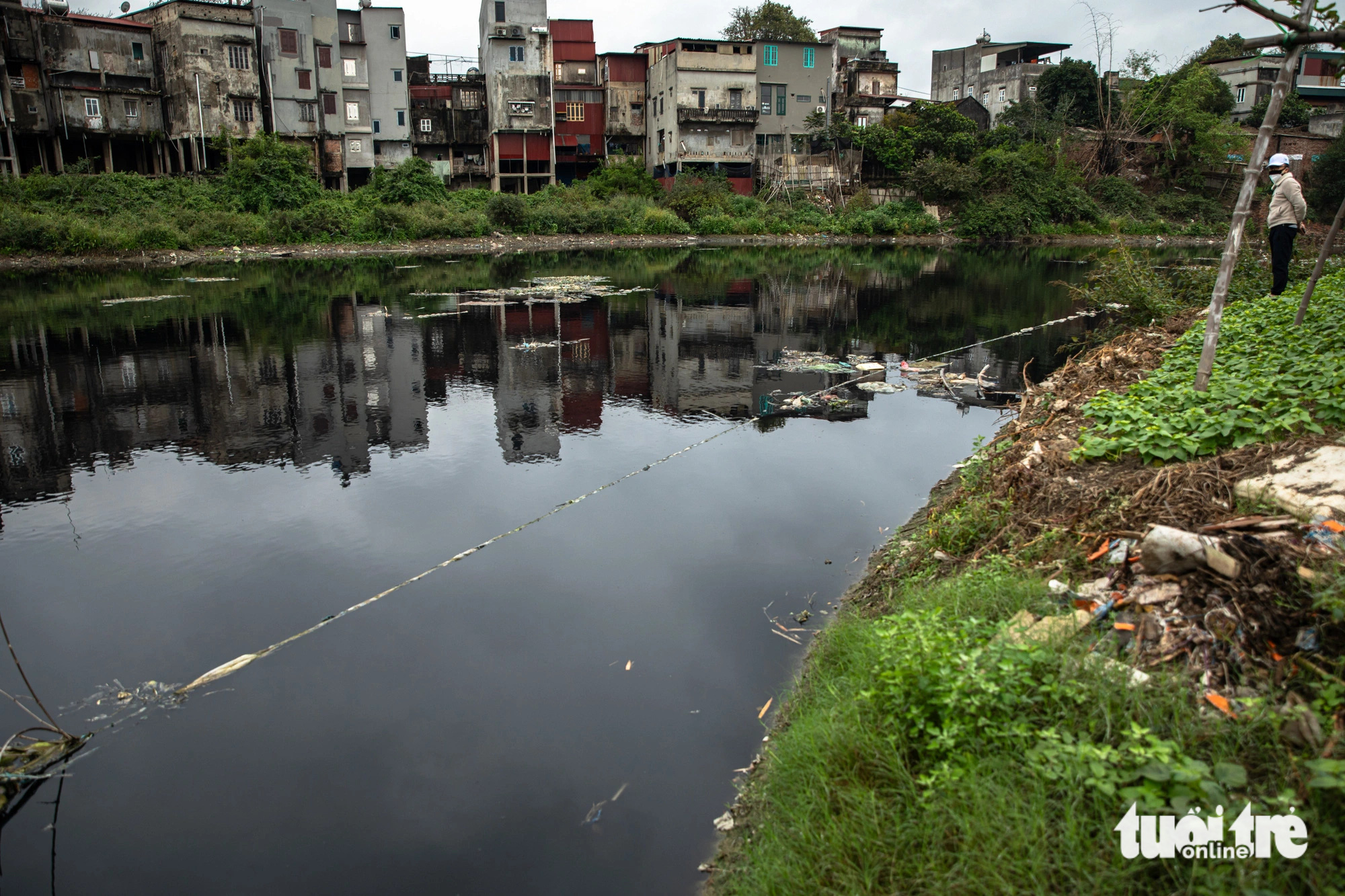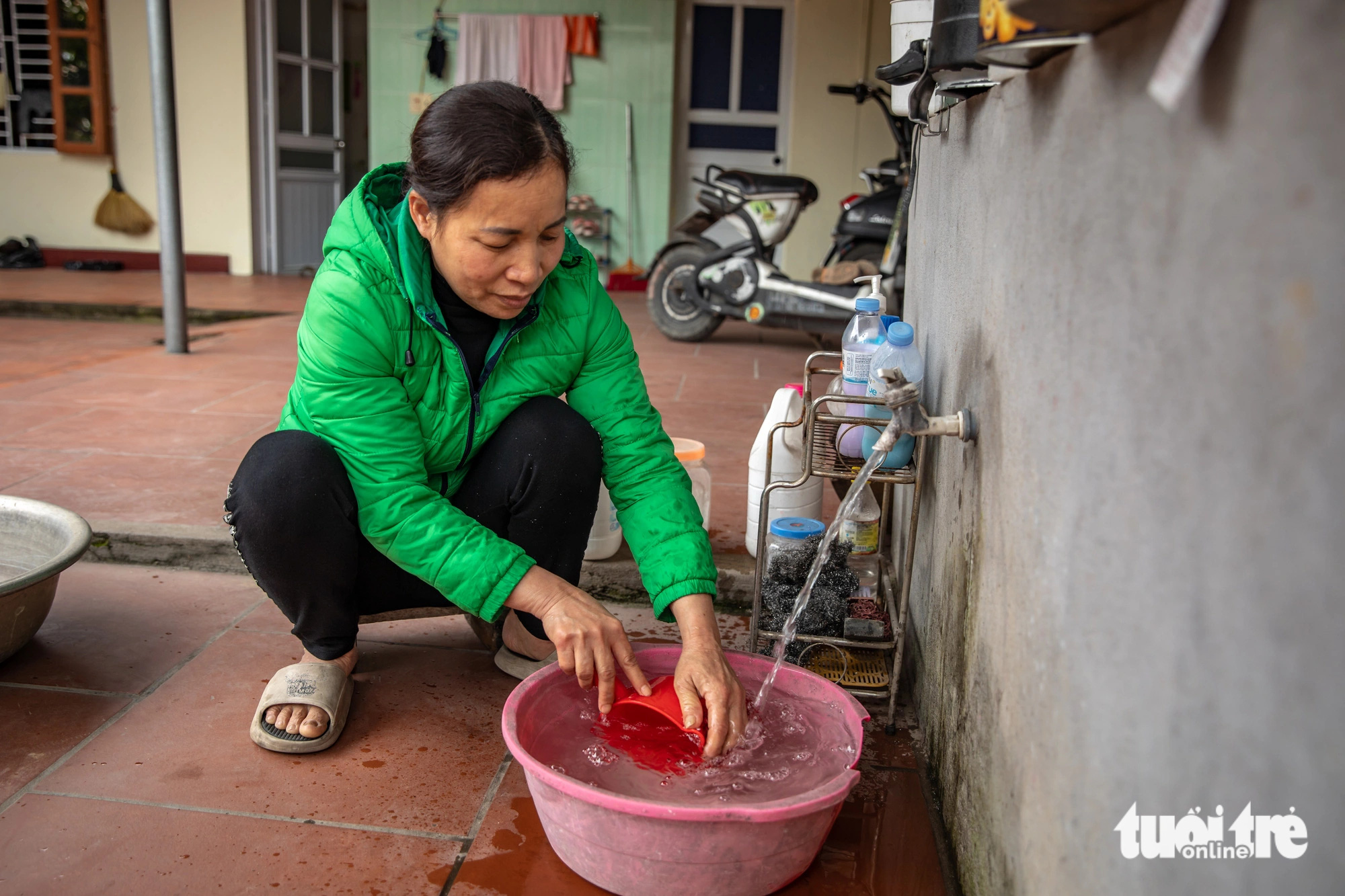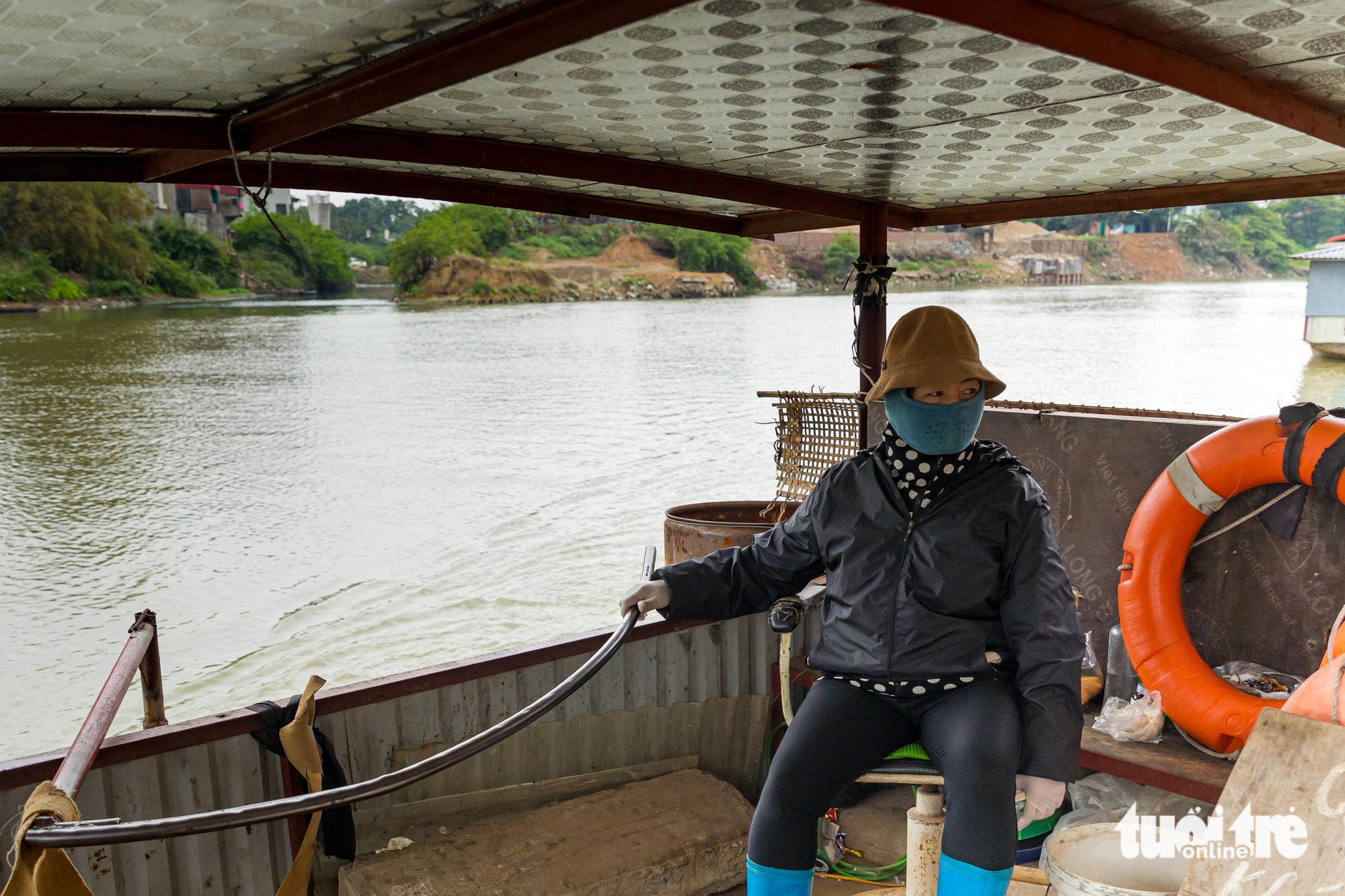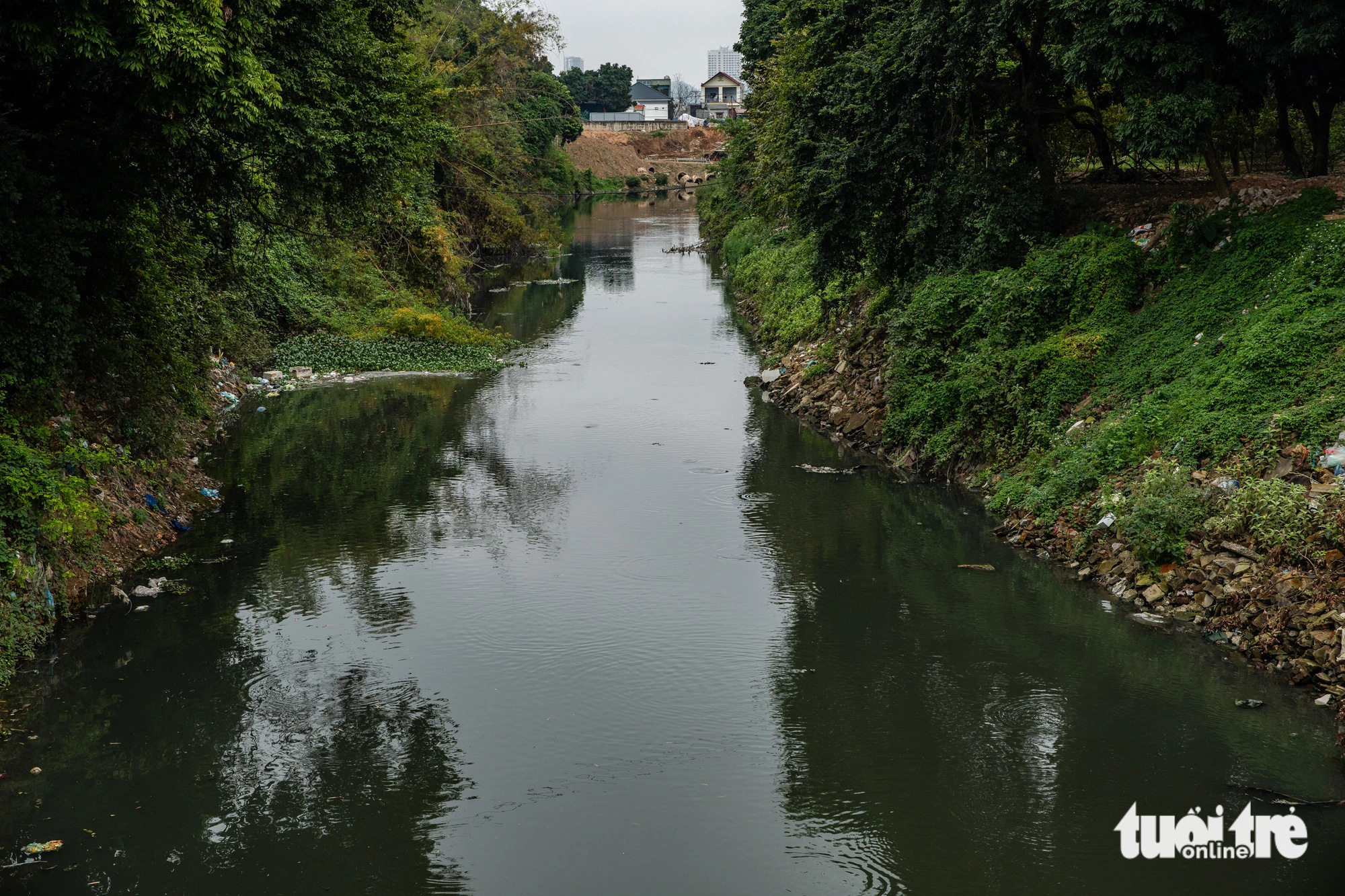Many wastewater channels in Bac Ninh Province have been clandestinely discharging into the local Cau River for years, resulting in significant pollution that adversely impacts the livelihoods of residents in both the northern Vietnamese industrial province and its similarly industrial neighbor, Bac Giang Province, according to environment experts and agencies.
Pham Van Son, director of the Vietnam Environmental Incident Response Center (SOS Vietnam), explained that unless there is a noticeable environmental problem, such as a large number of fish dying in the Cau River, it is difficult to find evidence of illegal discharge and take immediate action.
As a result, the continuous discharge of wastewater into the river will persist, silently contaminating it further.
Originating in Phia Biooc Peak within the mountainous province of Bac Kan, the Cau River traverses several northern provinces and cities, including Thai Nguyen, Bac Giang, Hanoi, and Bac Ninh.
Spanning a length of 288km, it covers a basin area of 6,030 square kilometers.
Several treatment plants currently utilize water from this river to supply the local population.
However, many residents of Bac Giang Province doubt the safety of the factory-processed water sourced from the Cau River due to previous pollution incidents related to other treatment plants in northern Vietnam, according to Son.
Nguyen Thi Hanh, a 49-year-old resident of Ninh Son Ward in Viet Yen Town, Bac Giang, is among those doubters.
|
|
| Nguyen Thi Hanh, a 49-year-old resident of Ninh Son Ward in Viet Yen Town, Bac Giang Province, northern Vietnam, relies on borehole water. Photo: D.Khang / Tuoi Tre |
Despite her house’s connection to the local water system long ago, Hanh expressed her lack of confidence in using the tap water.
Hanh said that her family has gradually relied mainly on well water.
“We primarily rely on well water for cooking,” Hanh said.
“While the availability of municipal water supply in our neighborhood brings us joy, the occasional sightings of the polluted Cau River causes significant concern.”
Doan Van Thang, 57, who resides nearby, said his family had also installed municipal water pipes.
However, he admitted that the tap water is primarily used for washing their vehicles and watering the garden, rather than for drinking or cooking.
Doan Thi Thu, another 58-year-old resident of Ninh Son Ward, echoed similar worries and uncertainties about depending solely on factory-provided water if their well water ever runs out.
|
|
| Hien, a boatwoman shuttling passengers between Bac Ninh City in Bac Ninh Province and Viet Yen Town in Bac Giang Province, northern Vietnam describe how the wastewater released into the Cau River emits a foul odor, sometimes causing discomfort to the nose. Photo: D.Khang / Tuoi Tre |
In response, Tuong Duy Cuc, deputy director of the Viet Yen Clean Water Plant in Ninh Son Ward, stated that the factory currently draws water approximately 4km downstream from a sewer discharge point on the Cau River.
The company operates a chemical laboratory where water undergoes testing before treatment.
Moreover, it undergoes internal inspections and scrutiny by the Center for Disease Control of Bac Giang Province.
Unsuccessful efforts
The Ministry of Natural Resources and Environment, along with local authorities in Bac Ninh and Bac Giang Provinces, has made concerted efforts to address the dilemma of wastewater channels contaminating the Cau River over the years with little success.
According to the ministry, the Cau River basin witnessed numerous waste discharges throughout 2021.
Significantly, untreated wastewater from various sewage systems and outlets in Bac Ninh City of the namesake province directly entered the river, prompting several clean water plants to halt operations temporarily.
|
|
| A wastewater channel in Hoa Long Ward of Bac Ninh City in Bac Ninh Province, northern Vietnam empties directly into the Cau River. Photo: D.Khang / Tuoi Tre |
Son from SOS Vietnam noted that developed countries typically avoid situating industrial zones with toxic wastewater discharge near rivers or streams to ensure better water source management.
Meanwhile, there are many industrial parks and craft villages along the Cau River in both Bac Ninh and Bac Giang Provinces.
Son emphasized that the pollution of the Cau River with wastewater could lead to various direct and indirect consequences for water sources and communities along its banks.
Direct impacts include the potential contamination of raw water sources.
Indirect repercussions involve risks to aquaculture and agriculture practices, as the use of polluted water may compromise safety.
Wastewater discharge could also deplete natural fish populations, disrupt the ecological balance, and result in long-term, incalculable consequences.
“To ensure water source security, public health safety, and environmental protection, the authorities of Bac Ninh and Bac Giang Provinces must take more drastic measures to control waste discharge from industrial parks and production facilities, particularly wastewater from craft villages,” Son underscored.
Like us on Facebook or follow us on Twitter to get the latest news about Vietnam!


















































